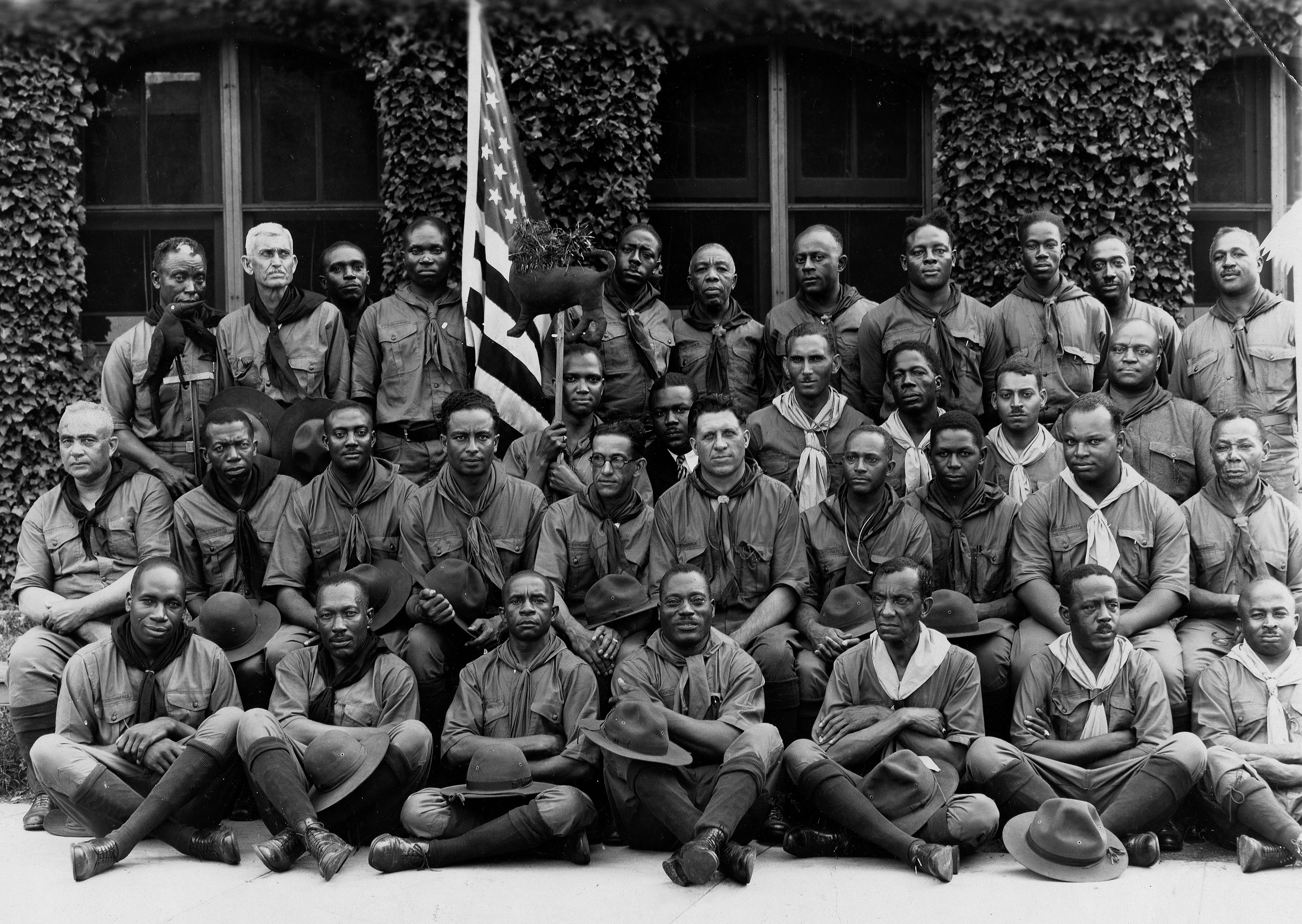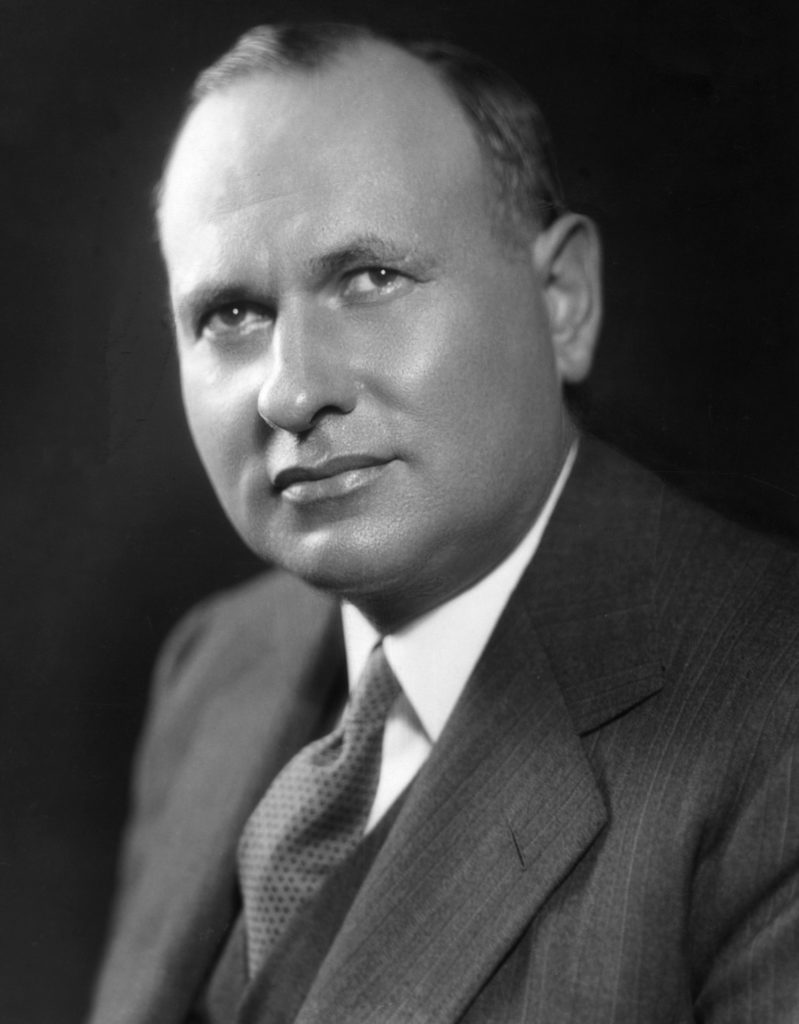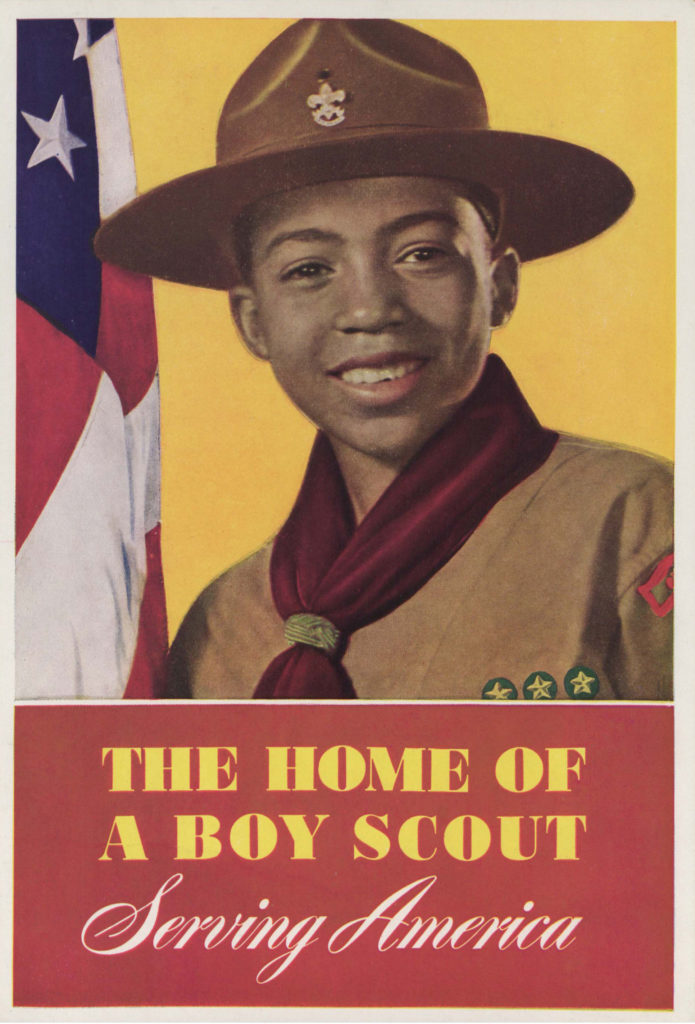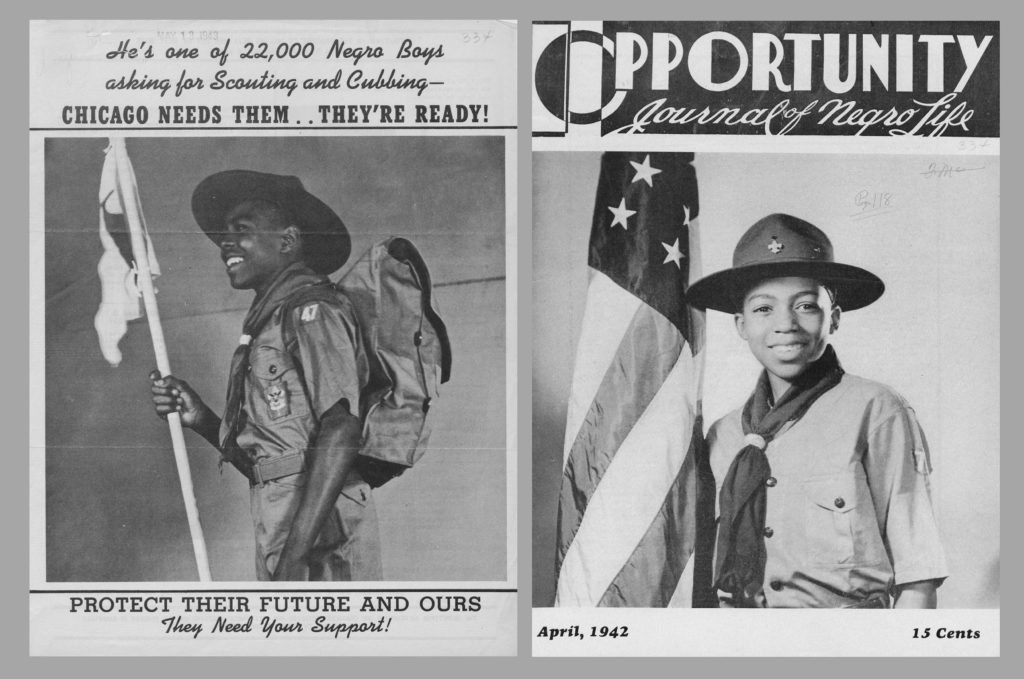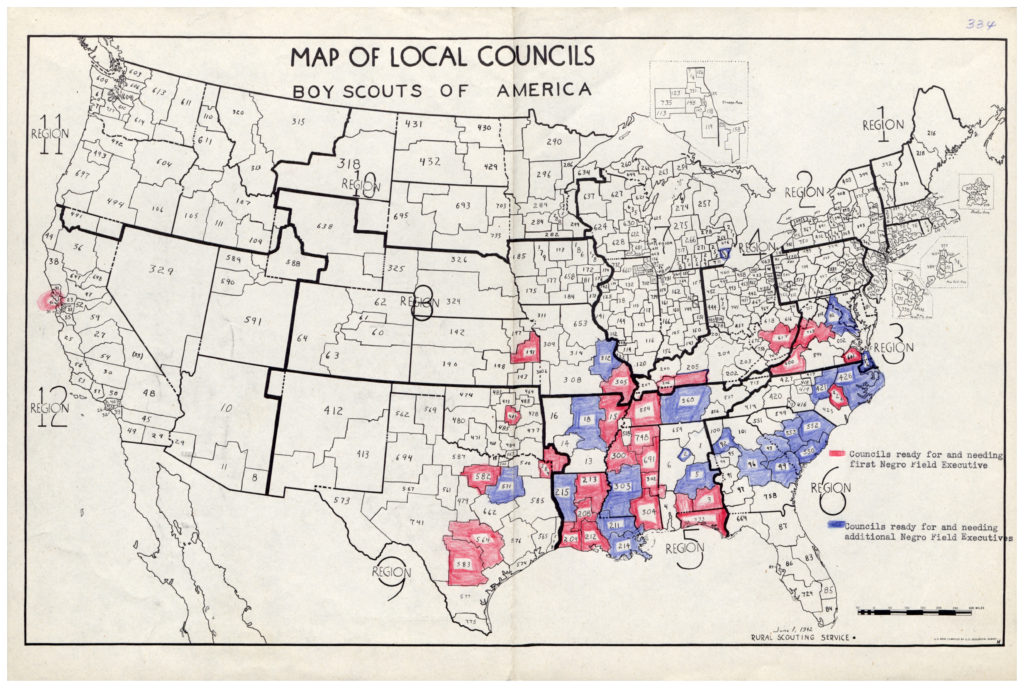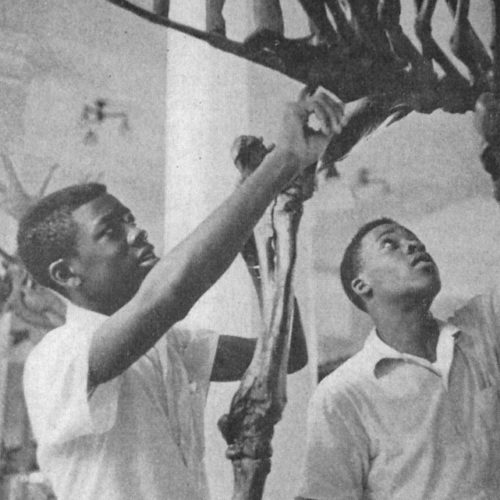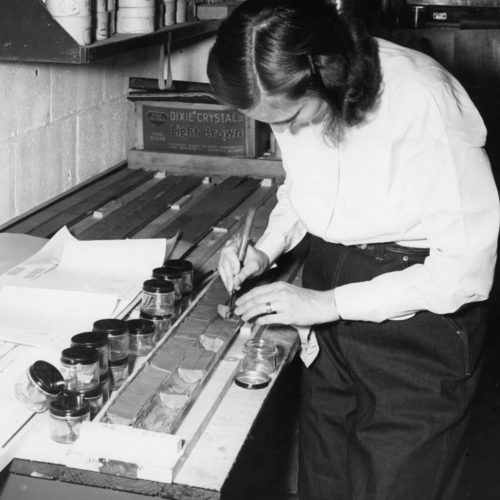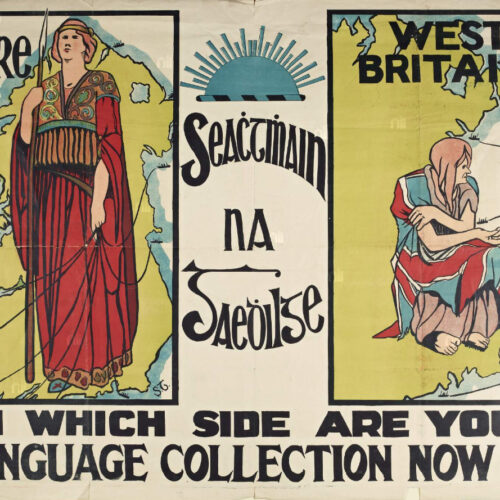The Boy Scouts of America (BSA) was founded more than a century ago. Since then, over 110 million Americans have participated in BSA activities, which were designed to train young boys in the “activities of the great and healthful out-doors” and cultivate the qualities of “physical strength and endurance, self-reliance, and the powers of initiative and resourcefulness.” The new organization became so popular that it received a federal charter in 1916 from President Wilson, who shortly thereafter created a national Boy Scout Week as a symbol of the nation’s full and “unreserved” support for the BSA. “Congressional Report in Support of an Act to Incorporate Boy Scouts of America,” House Report No. 130, Sixty-Fourth Congress, February 7, 1916; Gerhard Peters and John T. Woolley, The American Presidency Project, “Proclamation 1520 – Boy Scout Week.”
However, in recent years the BSA has received criticism for its restrictive membership policies. In response, the organization has allowed homosexual members to join since 2013 (the ban on gay adult leaders was lifted two years later), transgender boys since 2017, and girls at the Cub Scout level since 2018. Most recently, in 2019, the older program for 11-17 year-olds also began admitting girls and the entire organization changed its name from the Boy Scouts of America to the more gender-neutral Scouts BSA.
But controversies over who is — or is not — allowed to join the Boy Scouts are hardly new. While recent membership debates have centered on gender and sexuality, at one time they centered on race and ethnicity. During the Jim Crow era, when racial segregation and widespread animus toward black organizing enveloped the South, philanthropy played an important, yet often-overlooked role in bringing more African American Scouts into the BSA.
All told, the Laura Spelman Rockefeller Memorial provided the BSA with $77,500 — over $1 million today — to build the field of black Scouting.
Race, Inclusion, and Scouting
In the early twentieth century, there were few black Scouts in the South. At the time, the BSA left local councils in charge of their own membership policies, and it did not actively organize new Scout troops in rural areas, where many African Americans lived. Time and again, the national BSA was advised to stay out of southern affairs and leave the race question to local leaders, an idea that resonated deeply with the South’s political tradition. Benjamin René Jordan, Modern Manhood and the Boy Scouts: Citizenship, Race, and the Environment, 1910-1930 (Chapel Hill: UNC Press, 2016), 200-01.
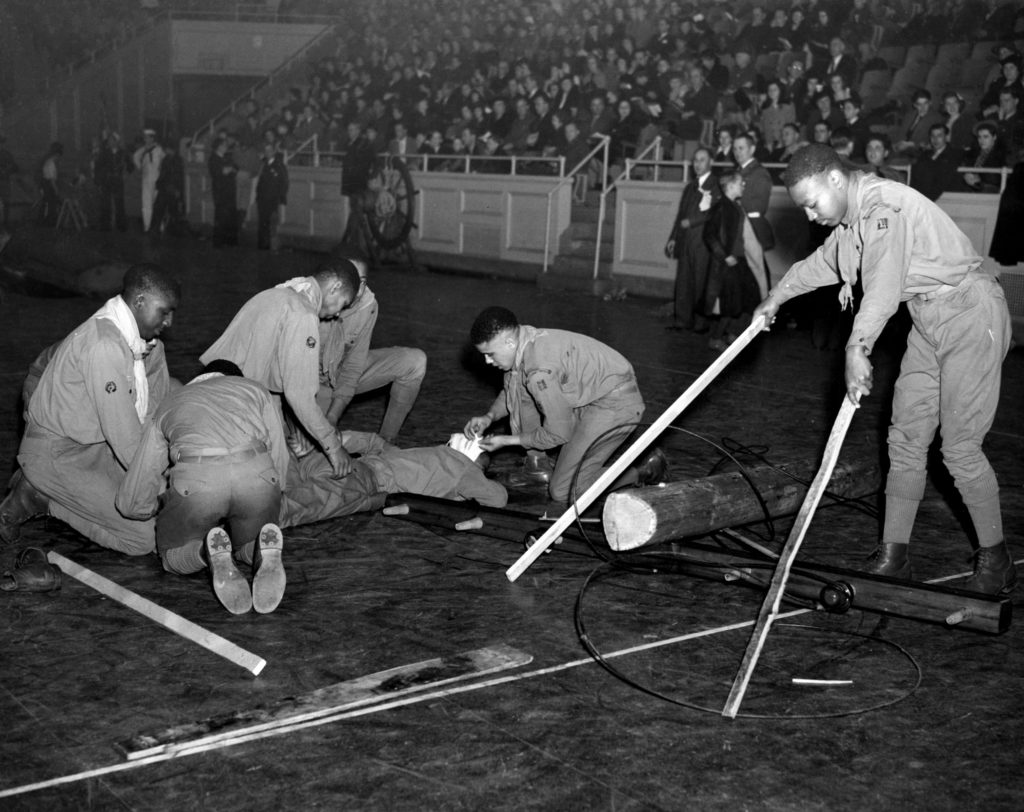
As one leader of the Commission on Interracial Cooperation, an organization formed to promote better race relations after World War I, acknowledged:
Local Scout Councils, made up of white men, are afraid that such a move might bring on a racial discussion. Will W. Alexander to Leonard Outhwaite, March 5, 1926, Laura Spelman Rockefeller Memorial (LSRM) records, Series 3.8, Rockefeller Archive Center.
A New Opening?
In the mid-1920s, however, the BSA sensed an opportunity to begin organizing African American Scouts.
The most vocal proponent of black Scouting was Stanley A. Harris, an early BSA leader who had organized the first African American Scout troop in 1916. An expert in southern Scouting, Harris believed that a spirit of postwar patriotism and unity had fostered a “considerable setback” for the Ku Klux Klan and thought the time was “quite ripe” for recruiting new black Scouts into the BSA. Stanley A. Harris to Leonard Outhwaite, December 16, 1925, LSRM records, Series 3.8, Rockefeller Archive Center.
Harris and his colleagues were optimistic that Scouting in fact could soothe racial tensions in the region, providing a neutral ground upon which whites and African Americans might interact without rancor and suspicion.
As one BSA official stated in a 1925 letter to Harris:
Scouting is one of the very best agents to promote inter-racial comity.John D. Trawick to Stanley Harris, March 10, 1925, LSRM records, Series 3.8, Rockefeller Archive Center.
The Boy Scouts Turn to Philanthropy
The funding to recruit black Scouts, however, came not from the BSA itself, but rather from a new foundation, the Laura Spelman Rockefeller Memorial (LSRM).
Established in 1918 by John D. Rockefeller, Sr. to honor his late wife, the LSRM paid homage to the Spelman family’s interest in social reform and racial issues. Laura Spelman Rockefeller’s parents had been religious abolitionists who worked on the Underground Railroad, and Rockefeller himself had donated money to several historically black colleges and universities (HBCUs), including large amounts to the Atlanta Baptist Female Seminary, which was later renamed Spelman College in honor of his wife’s family.
Supported by $74 million in donations by Rockefeller, the LSRM contributed to several large reform organizations in its early years, as well as the Boy Scouts and its monthly magazine, Boys’ Life.“Boy Scouts of America Magazine ‘Boys’ Life,‘” LSRM records, Series 3.4, Rockefeller Archive Center.
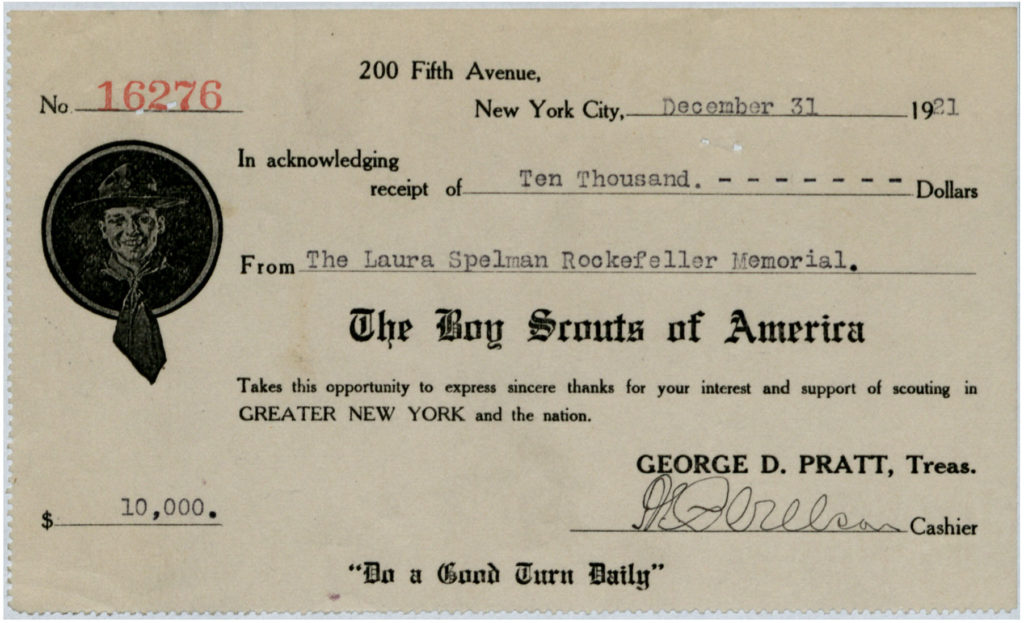
Putting the Science in Social Science
By the mid-1920s, the LSRM had not only contributed to individual organizations, but had also initiated an overarching strategy aimed at professionalizing the social sciences, which lacked empirical rigor and were more often tied to partisan or moralistic interests. Under Beardsley Ruml, a young psychologist who became the LSRM director in 1922, the LSRM backed new research at elite universities and institutes, such as the University of Chicago, the Brookings Institution, the Social Science Research Council, and National Bureau of Economic Research. In so doing, the LSRM helped build new fields and new bodies of knowledge about society and human behavior.
While the LSRM’s primary concern was field-building, it also wanted the social sciences to have practical applications. By promoting dispassionate research on major social issues, Ruml believed the LSRM was equipping social reformers, welfare organizations, and government policymakers with the knowledge required to promote change.
To be clear, the LSRM did not support social action or advocacy work that sought explicitly to “secure any social, economic, or political reform.” Eric John Abrahamson, Sam Hurst, and Barbara Shubinski, Democracy and Philanthropy: The Rockefeller Foundation and the American Experiment (New York: The Rockefeller Foundation, 2013), 60.
Instead, Ruml reasoned that social welfare programs that were grounded in scientific methodology and empirical research would be insulated from partisan criticism or exploitation and, as a result, might stand the test of time. The LSRM wanted to put the “science” back in social science, supporting objective research that could inform larger attempts at societal reform.
A New Opportunity
A new opportunity to exercise this approach arose in January 1925, when Bolton Smith, a regional BSA leader, heard that Ruml was interested in supporting new research on racial issues. In turn, Smith wrote Ruml to gauge his interest in supporting an Inter-Racial Service (IRS) that would promote black Scouting across the U.S. Bolton Smith to Beardsley Ruml, January 15, 1925, LSRM records, Series 3.8, Rockefeller Archive Center.
Ruml quickly expressed interest in the program, working with Smith largely through Leonard Outhwaite, an LSRM program officer specializing in the field of American race relations. Together, Outhwaite, Ruml, Bolton, and Harris would launch the BSA’s first major attempt to expand its membership along racial lines.
But First, Some Questions
But before the LSRM gave funding to the BSA, it wanted the answers to two questions. First, was it more effective to organize African American Scouts separately, or from within the BSA?“Boy Scouts – Negro,” LSRM records, Series 3.8, Rockefeller Archive Center.
The Scouts and scholars with whom the LSRM consulted responded almost unanimously: organizing black Scouts outside the BSA would provoke cries of discrimination from black activists who sought immediate social and political equality for African Americans.
In a 1926 meeting with Leonard Outhwaite, Stanley A. Harris emphasized that independent black Scouting would “become a target for the more critical and active Negro groups…and that this attitude would very soon spread and hamper the work.” Leonard Outhwaite Meeting with Stanley A. Harris, February 19, 1926, LSRM records, Series 3.8, Rockefeller Archive Center.
Thomas Jesse Jones, a noted scholar of African American education, was even more succinct:
There is only one way to do Boy Scout work, and that is as strictly Boy Scout work.
– Thomas Jesse Jones, as recalled by Stanley Harris, 1926
Second, should racial expansion be a controlled experiment or a broad-based campaign? This second question underscored the conflicts between the LSRM’s characteristic research-based approach and the BSA’s hands-on work as a social organization.
The BSA initially envisioned the Inter-Racial Service as part of a sweeping national movement to expand BSA membership to underprivileged groups. In meetings with LSRM officials, Bolton Smith pitched the idea of recruiting African American Scouts on “a broad basis geographically” and organizing other “difficult groups that were not colored” as part of the new Inter-Racial Service. Accordingly, the BSA’s early grant reports to the LSRM are long narrative summaries of the BSA’s work “selling” Scouting to new constituencies across the U.S. Memorandum of Interview, Leonard Outhwaite with Bolton Smith and Dr. West, November 19, 1925, LSRM records, Series 3.8, Rockefeller Archive Center; Leonard Outhwaite to Stanley A. Harris, January 4, 1927, LSRM records, Series 3.8, Rockefeller Archive Center.
The LSRM, however, wanted the Inter-Racial Service to stage a carefully controlled social science experiment, not a large-scale outreach campaign. In accordance with its dedication to scientific methodology, the LSRM wanted the BSA to first survey the few areas where black Scouting (and only black Scouting) had occurred, note the tangible factors that had allowed troops to form there, and replicate a similar program in 1-2 new areas.
While the BSA saw potential success as measured by the geographical reach of the Inter-Racial Service and the number of new troops it might organize, the LSRM sought specific knowledge about how and where new African American troops could best be established. To the LSRM’s way of thinking, these research outcomes would provide scaffolding more crucial to the long-term success of expanding BSA membership than the scattered and often messy processes of community outreach.Leonard Outhwaite Meeting with Stanley A. Harris, November 19, 1926, LSRM records, Series 3.8, Rockefeller Archive Center.
As LSRM Leonard Outhwaite reminded the BSA in one letter:
It is only when a limited number of variant situations have been intensively cultivated…and the results carefully formulated that anything in the nature of a general program for expansion is safe and desirable. Leonard Outhwaite to Stanley A. Harris, January 4, 1927, LSRM records, Series 3.8, Rockefeller Archive Center.
The Boy Scouts’ Inter-Racial Service Is Formed
Eager for outside funding, the BSA agreed to the LSRM’s grant conditions: it promised to study and organize only a small number of black Scouts in targeted areas. Thus assured, the LSRM appropriated $40,000 to fund the Inter-Racial Service for three years in March 1926.
The LSRM then appropriated $37,500 to the BSA for another three years in 1928. These funds represented a significant investment. All told, the LSRM provided the BSA with $77,500 — over $1 million today — to build black Scouting. Beardsley Ruml to James E. West, March 12, 1926, LSRM records, Series 3.8, Rockefeller Archive Center; Beardsley Ruml to James E. West, November 7, 1928, LSRM records, Series 3.8, Rockefeller Archive Center.
A Successful Experiment
These grants helped black Scouting explode across the U.S. In 1926, the first year the Inter-Racial Service formed, the national BSA had about 4,200 black Scouts in nearly 250 different Scout troops. Those numbers had increased by over three-fold by 1933 and roughly five-fold by 1938. In the South, the BSA counted only three communities with black troops in 1926, but nearly sixty communities had black Scout troops just five years later. Mischa Honeck, Our Frontier is the World: the Boy Scouts in the Age of American Ascendancy (Ithaca: Cornell University Press, 2018), 149; “Boy Scouts – Negro,” LSRM records, Series 3.8, Rockefeller Archive Center.
As a result of this progress, one 1931 BSA report declared that:
Boy Scouting for Negroes is being hospitably received…and in some [Southern centers] is an accepted and established fact. “Boy Scouts – Negro,” November 13, 1931, LSRM records, Series 3.8, Rockefeller Archive Center.
The Inter-Racial Service was not a cure-all for the BSA’s racial problems. While it did enable more African American boys to become Scouts, rather than forcing them to create an independent organization that would have had less name recognition and less clout, it fell short of full integration. Operating in a segregated society that sanctioned widespread social, political, economic, and legal discrimination against black southerners (and often outright violent suppression), the BSA recruited southern black Scouts into fully segregated units. These units were genuine BSA troops, so the organizational profile of the Boy Scouts became better-integrated nationwide, even while southern troops did not. Moreover, boys in the new troops could benefit from all the BSA trappings, like uniforms, badges, and handbooks (though it was not unusual for black Scouts to wait longer to receive their uniforms than whites). Some of Stanley Harris’s earlier hopes for an inter-racial playing field were thus dampened by this incrementalist approach. For example, the BSA also banned interracial competition between white and black troops. It would take another forty years, after the passage of new civil rights legislation, for the BSA to integrate its troops fully. Honeck, 148; “Report on Louisville, KY: Conditions Discovered and Actions Taken,” March 26, 1925, LSRM records, Series 3.8, Rockefeller Archive Center.
Nevertheless, the LSRM’s support enabled black Scouting to take root in America and laid the groundwork for a new round of BSA efforts to expand and reform its membership policies.
The LSRM assumed that social science research could have practical application in the real world and inform long-lasting structural change.
In this case, they were right.
Research This Topic in the Archives
- “Boy Scouts of America – Negro,” 1925-1931, Laura Spelman Rockefeller Memorial records, Appropriations, Series 3, Interracial Relations, Subgroup 3 08, Rockefeller Archive Center.
- “Boy Scouts of America – Negro,” 1927, Laura Spelman Rockefeller Memorial records, photographs, Series 1016, Rockefeller Archive Center.
- “Boy Scout Foundation of Greater New York,” 1922-1925, Laura Spellman Rockefeller Memorial records, Appropriations, Series 3, Leisure, Subseries 3 04, Rockefeller Archive Center.
- “Boy Scouts of America – Boy’s Life,” 1922-1925, Laura Spellman Rockefeller Memorial records, Appropriations, Series 3, Leisure, Subseries 3 04, Rockefeller Archive Center.
- “Boys Scouts of America – Inter-Racial Service,” 1945-1946, Officer of the Messrs., Rockefeller records, Welfare Interests – Youth, Series R, Boy Scouts of America, Rockefeller Archive Center.
